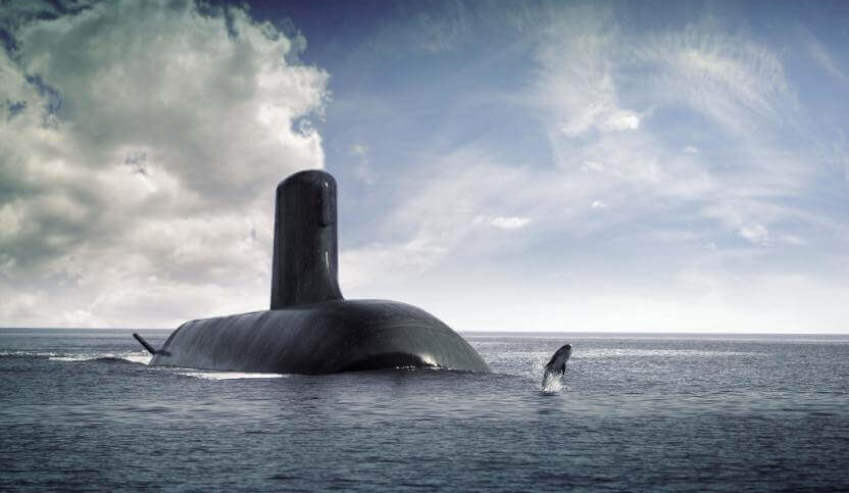The home of the Future Submarine and Future Frigates construction has called for more clarity from the federal government, with South Australia's Minister for Defence Industries saying they have enormous concerns.
To continue reading the rest of this article, please log in.
Create free account to get unlimited news articles and more!
At state budget estimates, Minister Martin Hamilton-Smith told the Parliament that so far the state has won the battle but not the war, declaring there is still much to be done to ensure the best outcome for South Australian workers.
"We have won round 1: the decision has been made that we will build the ships in Australia. Unfortunately, it does appear that the federal government is considering having Naval Group (DCNS) — a foreign, government-owned international, a very good designer and a wonderful company, which has been selected to design the submarine — also to build the submarine," said Minister Hamilton-Smith.
Naval Group (formerly DCNS) secured the $50 billion Future Submarine contract to design the vessels in 2016. South Australia will be home to the construction of the 12 vessels along with the construction of nine Future Frigates as part of a $35 billion contract which is yet to be awarded to one of the three contenders.
But the state's Defence Industries Minister said industry and the union movement are concerned that, not only would Australia lose the opportunity to develop its own intellectual property and sovereign capability, but also that foreign, government-owned multi-national defence companies are being given exclusive rights to build our submarines and ships, at the expense of Australian companies and Australian workers.
"It is one thing to get an architect to design your house; it is another thing to have the architect build the house," explained Hamilton-Smith.
"Most people use a separate builder. There are a host of risks in using the architect to also do the build, but principal among them is giving the Australian people, industry, unions and workers the confidence that at the end of the process we will have an indigenous capability... a capability to build and operate and maintain our own submarines and our own frigates. I want to flag that as a major concern of the South Australian government.
"If we are to build a genuine sovereign naval shipbuilding capability, then an Australian company should own at least 51 per cent of the shipbuilder carrying out the work.
"How will we guarantee that Australian subcontractors and workers will be given a high level of work in the supply chains if the shipbuilder is not Australian-owned?
"What will happen at the end of this particular build if we want to choose another design for the next submarine or frigate run? How will we evolve our own intellectual property and national capability if foreign government-owned multi-nationals control both the design and build?
"These are questions the federal government must answer."
The $35 billion Future Frigate program is due to commence in Adelaide in 2020. It will lead to approximately 2,000 direct jobs. BAE Systems (UK), Ficantieri and Navantia are the three shortlisted contenders competing for the contract.
Construction of the 12 Future Submarines will start in 2022. Worth $50 billion, French designer Naval Group estimates the submarines project represents 2,900 direct jobs in South Australia, with 1,700 jobs in shipbuilding, 100 jobs at DCNS office, 600 jobs in supply chain and 500 jobs in combat system integration.

 Login
Login







